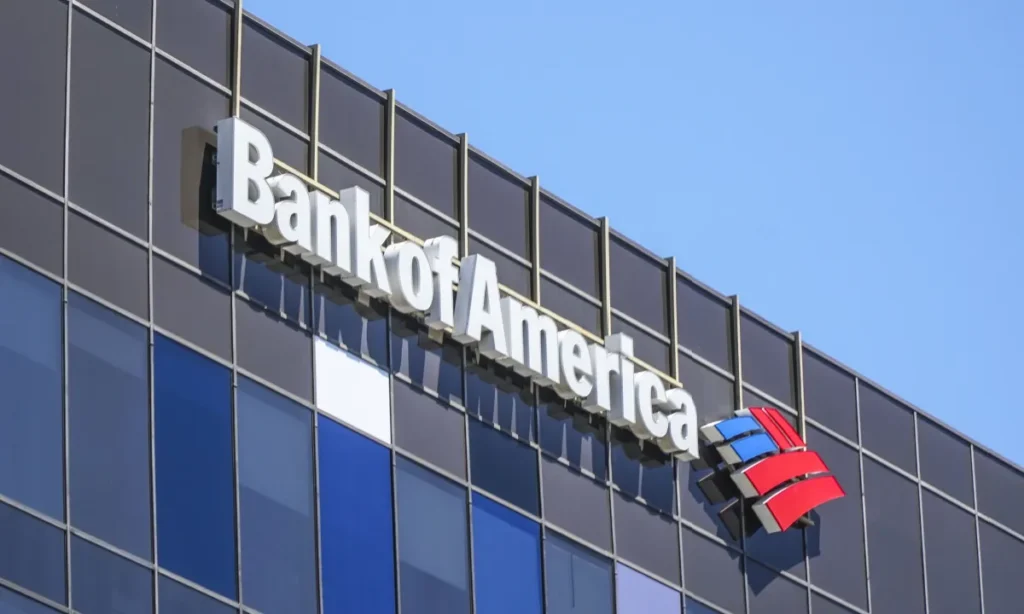Bank accounts are vital tools for managing financial transactions, each serving distinct purposes based on individual needs. Checking accounts provide convenience and secure accessibility for daily transactions, ensuring your cash remains readily available. On the other hand, savings accounts enable you to earn interest on funds set aside, keeping them separate from everyday expenses while still easily accessible when needed.
An introduction to bank accounts
Bank accounts serve as deposit accounts where you can deposit funds, withdraw money, and conduct transactions like debit card purchases and transfers. Whether you require a bank account for everyday spending or seek to optimize interest earnings, various types of bank accounts can help you achieve your financial objectives.
Different types of bank accounts
The most common types of bank accounts include:
- Checking accounts
- Savings accounts
- Money market accounts
- Certificate of Deposit (CD) accounts
Checking accounts
Checking accounts are tailored for frequent transactions and convenient access to your funds. You can typically deposit money into your account through methods such as direct deposit, branch visits, online transfers, ATM deposits, or using a mobile app. For withdrawals, you’ll usually receive a debit card and checks that allow you to make purchases, pay bills, and conduct transfers.
There are specialized types of checking accounts that cater to specific needs:
- Interest Checking: Earns interest on the balance maintained in the account.
- Student Checking: Designed for students with features like fee waivers and low minimum balance requirements.
- Kid or Teen Checking: Accounts for minors with parental oversight, often teaching financial responsibility.
- Senior Checking: Accounts tailored for senior citizens, offering perks like fee waivers or discounts.
- Rewards Checking: Offers incentives such as cashback rewards or higher interest rates based on account activity.
Savings accounts
A savings account provides accessible cash while discouraging frequent transactions. Banks often limit withdrawals or transfers per month. These accounts typically accrue interest, incentivizing both short and long-term savings. They are ideal for emergency funds or achieving specific financial goals.
Types of savings accounts include:
- Traditional savings accounts
- High-yield savings accounts
- Youth or student savings accounts
Money market accounts
Money market accounts offer features akin to both checking and savings accounts. These accounts accrue interest on deposits while providing relatively easy access to funds. Typically, you can use checks or a debit card with a money market account, although monthly withdrawals may be restricted, similar to savings accounts. Money market accounts generally yield higher interest rates than savings accounts, but they may require maintaining a minimum balance to avoid fees.
Certificate of deposit (CD) accounts
Certificates of Deposit (CDs) are deposit accounts that come with specified maturity dates. When you open a CD, you choose the term length and the corresponding interest rate for your deposit. If you keep your money in the CD until it matures, you’ll earn the full amount of interest agreed upon. Upon maturity, you have the option to withdraw your initial deposit along with the accrued interest or renew the CD for another term.
However, withdrawing funds before the CD’s maturity typically incurs an early withdrawal penalty, which usually involves forfeiting a portion of the interest earned.
Matching your bank account to your financial needs
The type of bank account you choose should align with your financial goals and requirements. Many people maintain multiple accounts, such as checking, savings, and CDs, to meet different needs.
Checking accounts are ideal for everyday transactions, allowing you to deposit income and easily manage expenses like bills and purchases.
Savings accounts are suited for funds you want to keep accessible but not spend immediately, such as emergency savings or money earmarked for significant purchases.
Money market accounts are beneficial for savings with a specific purpose that involves periodic expenses, like home renovations. They often include check-writing capabilities but come with transaction limits while offering competitive interest rates.
CDs are advantageous if you seek a fixed interest rate and don’t expect to access your savings until the maturity date.
According to money coach and certified financial planner Ohan Kayikchyan, “Checking and savings accounts are the most popular types of bank accounts. A checking account provides convenience for daily financial transactions, such as receiving direct deposits, paying bills, and using a debit card. On the other hand, savings accounts are designed for accumulating savings and earning interest, but they have limitations on frequent transactions.”
What you’ll need to open a bank or credit union account
To open a new bank account, you’ll typically need to provide specific personal details and, in some cases, make an initial deposit. Here’s what you should have ready:
- Personal information such as your full name, date of birth, and Social Security number. You may also need to confirm your citizenship status and present identification.
- Contact information including your current address, phone number, and email address.
- Your initial deposit, which may be required to meet minimum deposit requirements set by the bank.
Finding the bank account that works best for you
When selecting a bank account, it’s crucial to consider several key factors: fees, interest rates, accessibility, and features.
Fees: Bank accounts often come with fees like monthly maintenance fees. Some fees can be waived by meeting specific criteria, such as maintaining a minimum balance or making regular transactions. It’s important to understand these fees, how they apply to your usage patterns, and whether there are account options with lower costs.
Interest rate: The annual percentage yield (APY) affects how much interest your account earns. Accounts with higher APYs can generate more interest over time. However, it’s essential to balance interest earnings against fees and account features to maximize your overall benefit.
Accessibility: Different accounts offer varying levels of access to your funds. Checking accounts usually provide unlimited access, while savings and money market accounts may limit withdrawals. CDs typically penalize early withdrawals, although options like no-penalty CDs exist.
Features: Account features can enhance the value of your banking experience. For example, a debit card that offers cash back or a savings account with tools for organizing savings goals can be beneficial. The convenience of mobile banking apps for check deposits and online bill payments also adds significant value.
“Accessibility to funds is crucial, including access to ATMs and mobile deposit options,” noted financial expert Kayikchyan. “Modern banking apps can simplify tasks like check deposits, but limitations may apply based on account type and balance requirements.”
Choosing the right bank account involves weighing these factors to align with your financial goals and everyday banking needs effectively.
Frequently asked questions (FAQs)
When selecting a checking account, consider factors like fees, accessibility, features, and benefits. Look for accounts with low or no monthly maintenance fees, convenient ATM access, and options to waive fees with direct deposits or minimum balances. Features such as mobile banking, overdraft protection, and debit card rewards can also enhance your banking experience.
A savings account is a type of bank account designed for storing money you don’t need for daily expenses. It typically earns interest on your deposited funds, helping them grow over time. Savings accounts often have restrictions on withdrawals to encourage saving, making them ideal for building an emergency fund or saving for specific goals.
When choosing a Certificate of Deposit (CD) account, consider the term length, interest rate (APY), and penalties for early withdrawal. Longer terms generally offer higher interest rates, but you’ll need to lock your money in for that period. No-penalty CDs provide flexibility by allowing early withdrawals without penalties, while traditional CDs offer higher rates but penalize early withdrawals.
Yes, to open a bank or credit union account, you typically need personal information such as your name, birthdate, Social Security number, and proof of citizenship or residency status. You may also need to provide contact information like your address, phone number, and email. Some accounts require an initial deposit to open, which can vary depending on the institution and type of account.




Pingback: 5 Types of Bank Accounts: Which is Best for Daily Financial Transactions.